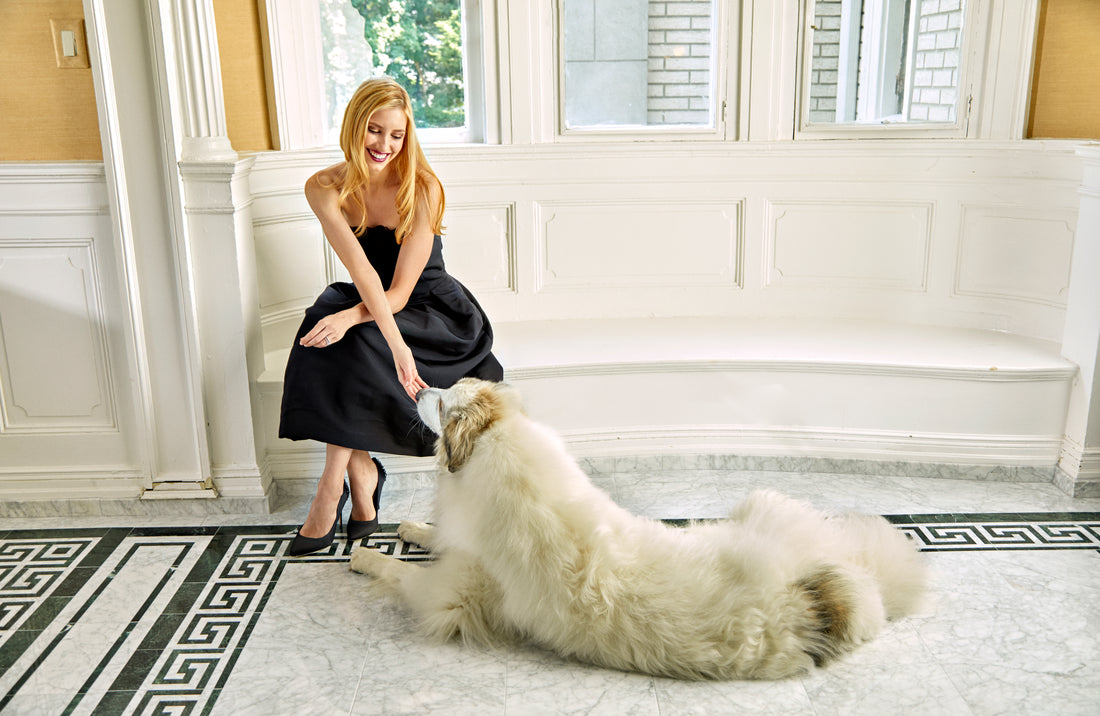Why Buy Direct to Consumer Brands?

What is a Direct to Consumer Brand?
For most brands, the traditional retail supply chain includes a supplier, manufacturer, wholesaler, distributor, and retailer. This often involves lengthy negotiations at each stage and typically results in long lead times for product launches and an even longer wait for the customer feedback to be considered. Not exactly nimble.
How do you benefit by choosing direct to consumer brands?
- Pricing. Think Birdies, Everlane, Misha Nonoo, and Sarah Flint. All of these fashion and shoe brands are direct to consumer. They are ignoring the traditional retail model and are able to cut out middlemen and avoid traditional retail channels. Instead they focus efforts on selling directly to customers, usually through e-commerce, pop-ups or trunk shows and without the standard retail markup. Because their products are sold direct, they don’t have the multi-fold markups traditional retail must charge for every stop on the supply chain to get a cut. So, pricing is more flexible and lower – a win for customers. And, many times these are smaller brands, which means not everyone is wearing the same shoe or outfit – at least while they remain known only to the few and are not yet mass market.
- Superior customer experience. Because these brands are working directly with their customers, they are able to form close and authentic relationships and offer much better customer service. They can also tell their story – the brand evolution and their brand values – messages which are often missing when products are sold at a third-party retailer. Don’t you like to know what inspired the brand and what kind of values are instilled in the company’s operations? This is something we value immensely at Bespoke Southerly and it’s the favorite part of our Founder’s job – she loves working with customers to tell our story, ensure they get the exact details they want, and that they are extremely happy with the final result!
- Fewer, higher quality items. Direct to consumer brands usually launch fewer, higher quality, products and rely on customer feedback to make positive changes to their products. In the case of fashion, this could mean offering different color options, lengthening a hemline, or another product change requested directly by customers. Because these brands are more agile, they can move more quickly to give customers what they want as they grow their brands. Often times they also use local labor and materials to make their products, which allows for short lead times to deliver products to customers. In our case, we make all our garments in the United States to ensure living wages and good working conditions and also to deliver within three weeks most orders.
Other considerations:
In the fashion industry, direct to consumer brands are disrupting the status quo. These brands have no need to adhere to the seasonal calendar of fashion shows a full 6 months prior to the collection being available in store. They can design, produce and sell once a year, twice a year or on whatever schedule makes sense for their category of business. Bespoke Southerly maintains an evergreen collection of classic styles and offers new colors seasonally. For example, the Lily dress at holiday is most popular in lipstick red and black, but in spring is loved in lilac!
Fashion brands also churn out every derivation of a style to make sure customers have a choice – most of which ends up in landfills or being incinerated when it is not sold. We use a made to order model specifically to avoid carrying excess inventory so nothing goes to waste or is thrown away. For more on that, check out our blog post “What is Sustainable Fashion?”
So, next time you start to shop online consider these benefits – better pricing, superior customer experience, brand affinity, and unique product selection. If the brand your browsing is not direct to consumer try searching for one in the same category that is – you may enjoy the thrill of discovery and then some. We guarantee you won’t regret it!
